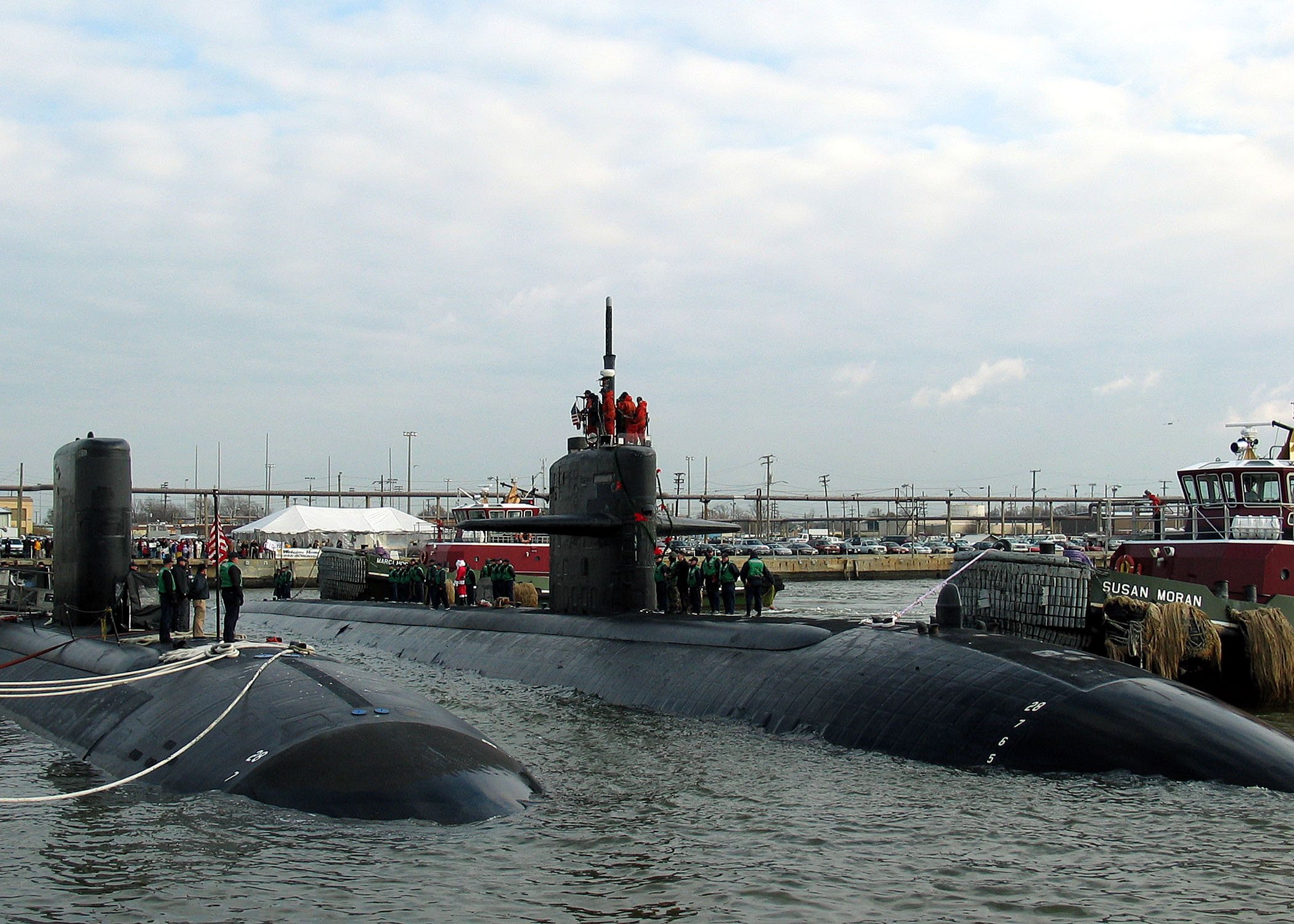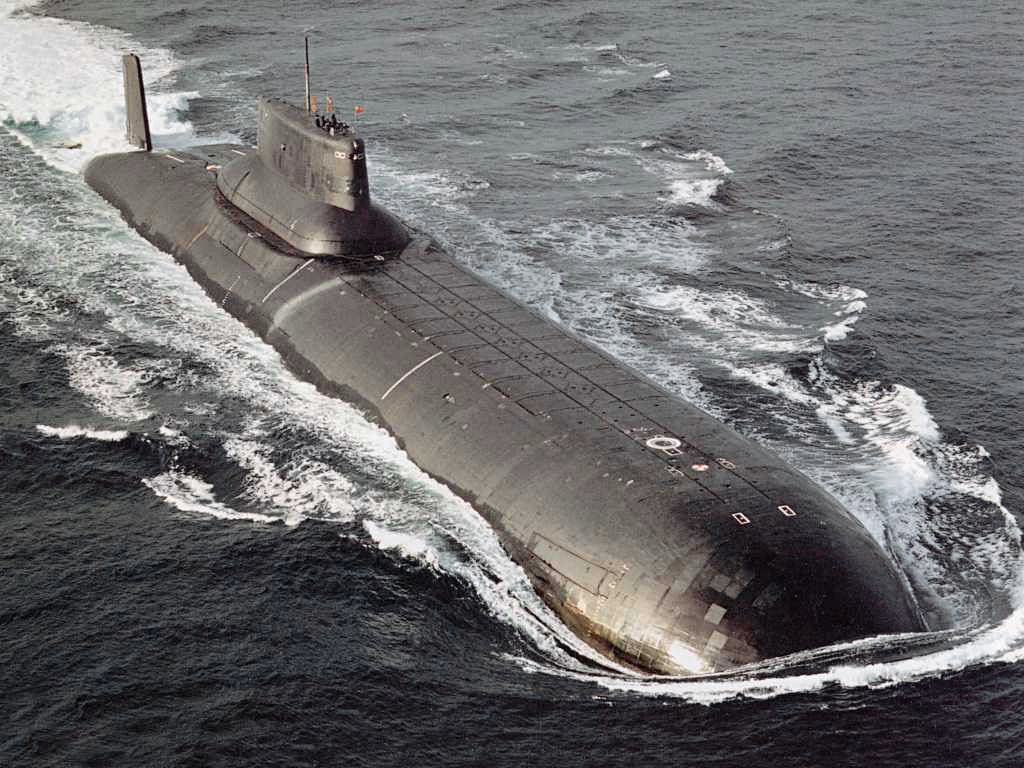I am not positive about how the Russian boats' tiles are configured, but US subs' tiles are tapered down with a shallow bevel to make them more resistant to hydraulic friction. The original tiles (in the early 1980s) were hard edged and would peel off rather readily. Some would only be partially peeled back and would flap and slap the side of the boat. I can't say for sure, but I can imagine that they must have made a sound that would be undesirable to a boat that was trying to be stealthy. The Russians must have experienced that, too, and probably remedied it the same way. Anechoic tiles can be a two edged sword. I have observed submarines in dry dock for the past thirty years and try to make mental pictures of them (cause I sure as heck can't take actual photographs of them without being arrested for espionage) so I can make an accurate model of them. I have noticed that the tiles are not too pronounced when looking at the whole boat. You could probably omit the tiles altogether and it wouldn't make any difference. Probably not at 1/350 and definitely not at 1/700.
Here are some images of a 688, notice that the tiling is fairly smooth. If there is a X in the picture, right click and select "Open link in new window"


Up close and wet it is a different story, notice the bevel in the tile.


Here is a shot of the Hampton (left) and the older Jacksonville. Notice the tile pattern on the Jax is checkerboard style while the Hampton is brick patterned. (A 688i vs. a 688)
Notice the peeled back tiles on Jax.


I can hardly see the tiles on the Typhoon above, which at 1/350 would be pretty much the same.
A Typhoon: (notice the tile damage)

Here is a link to set of images taken of a Typhoon by a Russian tourist:
http://community.livejournal.com/ru_submarine/17486.html
This is a really good website, I had never seen before today and it makes me glad that I was never a Russian submariner.